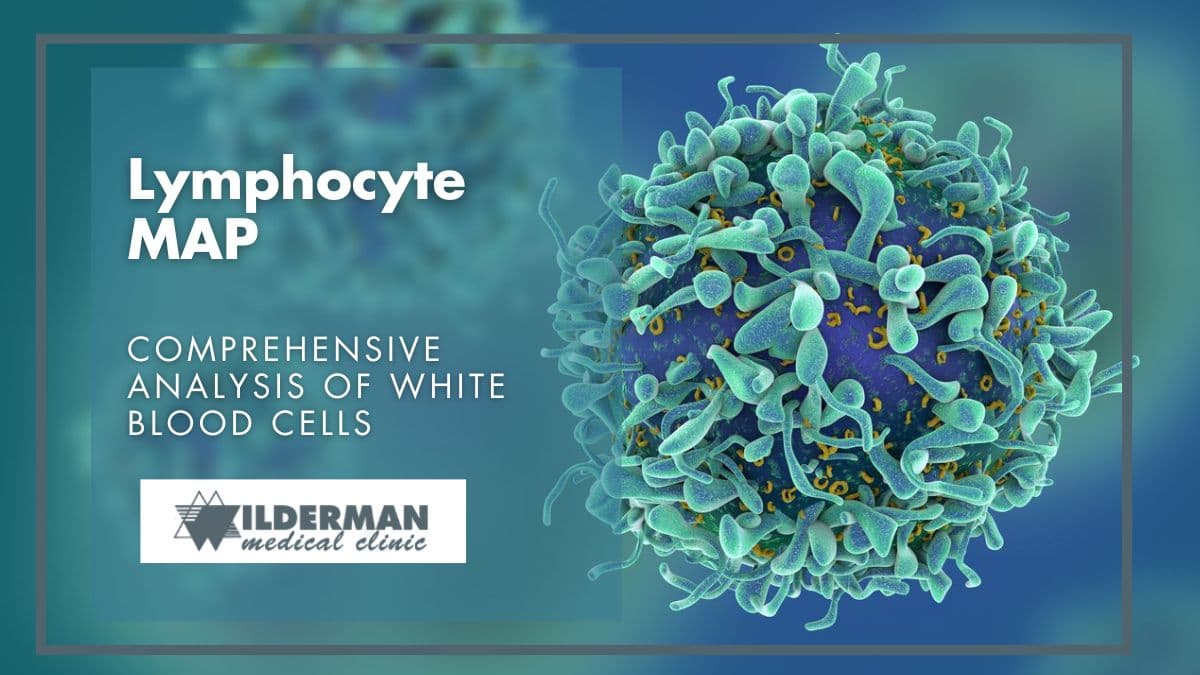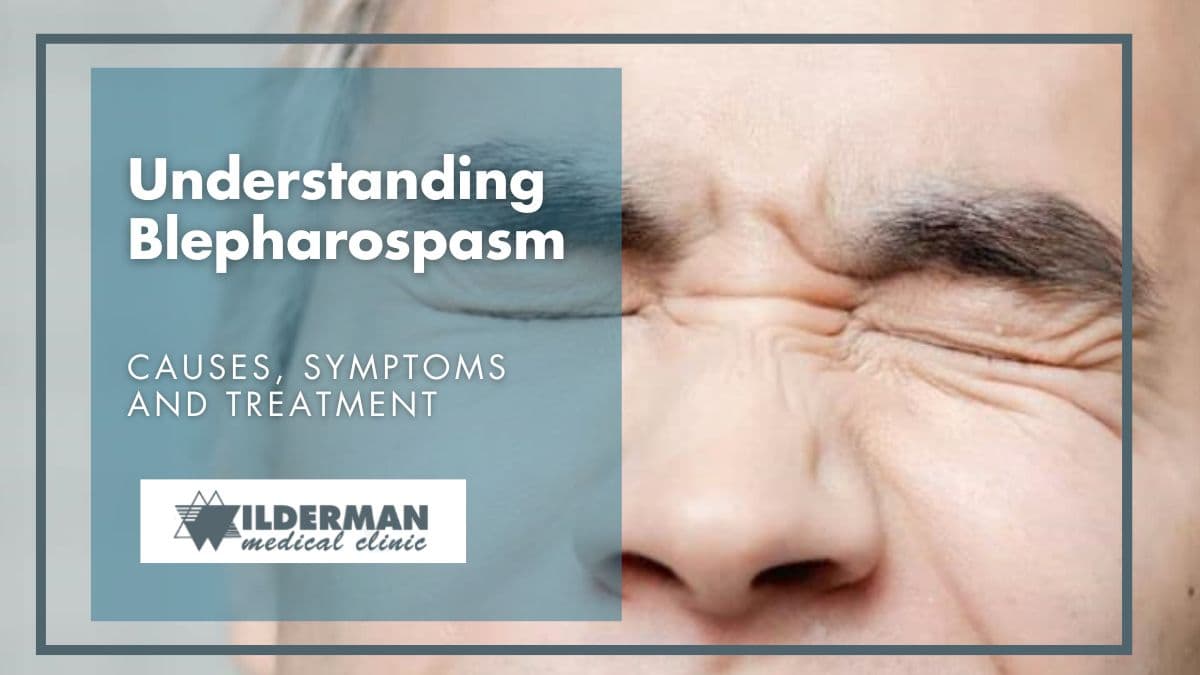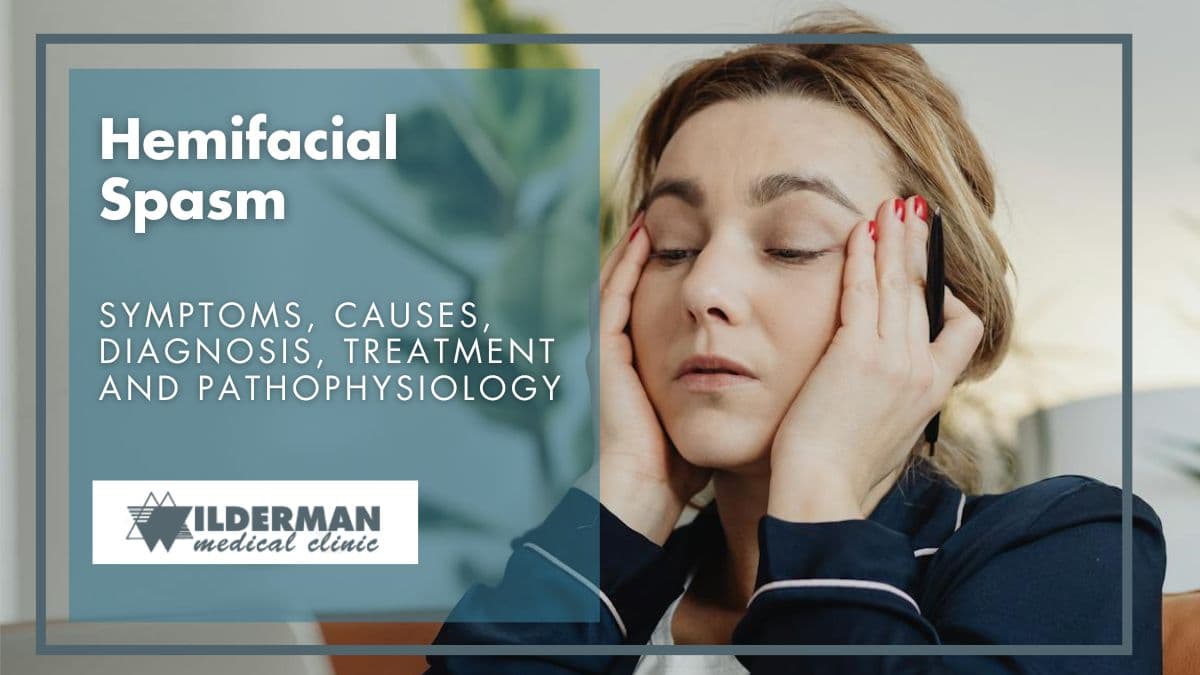Botox for Hemifacial Spasms

Have you ever heard of hemifacial spasms? It’s not your everyday topic, but it’s worth chatting about, especially if you or someone you know is dealing with those annoying muscle twitches on one side of the face.
So, buckle up, and let’s dive into the intricacies of hemifacial spasm and how we can tackle them, with Botox (Botulinum toxin).
What are Hemifacial Spasms?
Okay, picture this: you’re going about your day, and suddenly, your face starts doing its own dance routine, without your consent. That’s hemifacial spasms for you!
Hemifacial Spasm is a neurological disorder characterized by involuntary muscle contractions on one side of the face.
What to Look out for?
These spasms typically begin around the eye and gradually progress to involve other facial muscles, causing twitching or jerking movements. While not life-threatening, hemifacial spasms can be disruptive and distressing, affecting daily activities and social interactions.
Who’s at Risk?
Now, let’s talk about who’s more likely to get caught up in this twitchy situation. While hemifacial spasms (HFS) can happen to anyone, they tend to cozy up more with folks in their middle-aged or older years. Ladies, you might want to pay a bit more attention, as you’re slightly more likely to be on the receiving end of these spasms.
“Hemifacial spasm is a rare condition, as the estimated worldwide prevalence of HFS is 14.5 per 100,000 women and 7.4 per 100,000 men—suggesting women are twice as prone to have HFS than men.”
“Researchers have reported that 40% of patients with HFS have coexisting hypertension.”
What are the Causes of Hemifacial Spasms?
Alright, why is this happening in the first place? Well, it’s like your facial nerve (that’s cranial nerve VII, if you want to get technical) is feeling a bit squished or irritated. Maybe there’s a blood vessel or a pesky tumor causing trouble. It’s like your nerves are sending out mixed signals, and your face is just trying to keep up!
Enter Botox: The Superhero Treatment
Now, here’s where things get interesting. You’ve probably heard of Botox for wrinkles, but did you know it’s also a hero for hemifacial spasms? Yep, by injecting tiny amounts of Botox into specific facial muscles, we can give those spasms a timeout.
How Does Botox Work Its Magic?
So, how does Botox do its thing? Well, it’s like putting a temporary pause button on your muscles. Botox blocks the signals that tell your muscles to move, so they chill out for a bit.
The science behind this is that Botox works by blocking the release of acetylcholine, a neurotransmitter responsible for muscle contractions. By inhibiting muscle activity, Botox effectively reduces the frequency and severity of spasms, allowing affected individuals to regain control over facial movements and alleviate discomfort.
Efficacy and Benefits
One of the key advantages of Botox therapy for hemifacial spasms is its ability to deliver sustained relief. Unlike some conventional treatments that may offer only short-term benefits, Botox injections can provide significant and enduring improvement in symptoms for an extended period. Many folks experience relief within days of treatment, with effects lasting several months before requiring re-administration. This longevity makes Botox an attractive option for those seeking reliable and long-lasting solutions.
Safety and Considerations
Botox injections for hemifacial spasms are generally safe when administered by qualified professionals experienced in the procedure. However, as with any medical intervention, there are potential risks and considerations to be aware of. It’s essential to discuss your medical history, allergies, and expectations with your provider to ensure the treatment is suitable for you.
Additionally, while side effects are rare, they may include redness, swelling, headache, flu-like symptoms, and temporary weakness or drooping in nearby muscles, which typically resolve within a few weeks.
According to a study which reviewed published articles between 1991 and 2021 regarding the effectiveness and safety of BoNT (Intramuscular injections of Botulinum Toxin) concluded that “BoNT was the treatment of choice for HFS (Hemifacial Spasms) due to its efficacy and safety profile.”
What Goes Down During a Botox Session?
If you’re thinking about giving Botox a shot (pun intended), here’s what to expect. During a Botox injection session, a specialist will first identify the target muscles responsible for the spasms. Using a fine needle, they will then administer small doses of Botox into the affected muscles, typically around the eye and along the side of the face.
The procedure is generally well-tolerated and does not require anesthesia.
How Often Do I Need to get Botox Treatment?
Now, you might be wondering, “How often do I need to go through this?”
Well, Botox isn’t a one-and-done deal. You’ll likely need a touch-up every three to four months to keep those spasms at bay. But hey, it’s a small price to pay for smoother sailing, right?
Takeaway
Dealing with hemifacial spasms can be a real hassle, but with treatments like Botox, we’ve got some tricks up our sleeves. If you’re tired of your face doing its own thing, and if you’re ready to take the next step towards relief, you can book an appointment with our specialists today!
Who knows? You might just kiss those twitches goodbye for good!
Reference
Rosenstengel C, Matthes M, Baldauf J, Fleck S, Schroeder H. Hemifacial spasm: conservative and surgical treatment options. Dtsch Arztebl Int. 2012 Oct;109(41):667-73. doi: 10.3238/arztebl.2012.0667. Epub 2012 Oct 12. PMID: 23264807; PMCID: PMC3487151.
Tambasco N, Filidei M, Nigro P, Parnetti L, Simoni S. Botulinum Toxin for the Treatment of Hemifacial Spasm: An Update on Clinical Studies. Toxins (Basel). 2021 Dec 9;13(12):881. doi: 10.3390/toxins13120881. PMID: 34941718; PMCID: PMC8706367.
National Center for Biotechnology Information (NCBI). Bookshelf. Hemifacial Spasm. https://www.ncbi.nlm.nih.gov/books/NBK526108/.
University of Manitoba. Botox Treatment for Hemifacial Spasm. https://www.umanitoba.ca/cranial_nerves/hemifacial_spasm/botox.html
Mayo Clinic. Hemifacial Spasm: Diagnosis & Treatment. https://www.mayoclinic.org/diseases-conditions/hemifacial-spasm/diagnosis-treatment/drc-20373299.
Need to get in touch?
Address: 8054 Yonge Street Thornhill, Ontario L4J 1W3
Phone: (905) 886 1212
Latest articles
April 29, 2024
April 29, 2024
April 29, 2024
April 29, 2024
April 29, 2024





